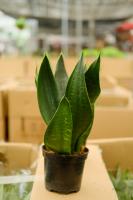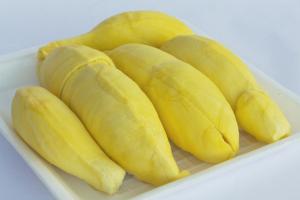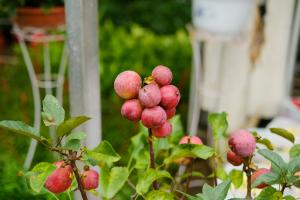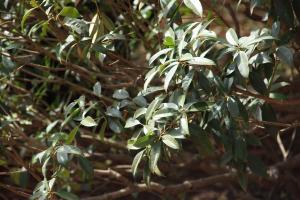Introduction
Plants are essential to life on Earth as they are primary producers, meaning they create their food through photosynthesis. In the Plant Kingdom, there are over 300,000 different species, ranging from tiny mosses to giant trees. What is the Plant Kingdom, and how can it be classified?
Classification of Plants
The Plant Kingdom is classified into five divisions: Thallophyta, Bryophyta, Pteridophyta, Gymnosperms, and Angiosperms.
Thallophyta includes the simplest type of plants, such as algae and fungi, which do not have true stems, leaves, or roots. Bryophyta includes mosses, liverworts, and hornworts that have leaf-like structures and grow in damp environments. Pteridophyta includes ferns, horsetails, and club mosses that have true stems, leaves, and a root system. Gymnosperms include conifers, Cycads, Ginkgoes, and Gnetophytes that produce naked seeds without flowers. Angiosperms are the most diverse division and include flowering plants that have seeds enclosed inside a fruit.
Characteristics of Plants
All plants share some common features that set them apart from other living organisms. Plants are multicellular, eukaryotic, and photosynthetic. They have cell walls made of cellulose, and their growth is limited by meristems.
Plants also have a characteristic life cycle with distinct stages, including seed germination, growth of the vegetative stage, and reproduction through flowers or spores. They have evolved adaptations to survive and thrive in different environments, such as water-conserving mechanisms in deserts, or symbiotic relationships with pollinators in rainforests.
Importance of Plants
Plants play a crucial role in the food chain, providing food for humans and animals. They also produce oxygen and absorb carbon dioxide, playing a vital role in cycling nutrients and maintaining the balance of the Earth's atmosphere.
Plants also have significant economic importance, with many plant products, such as timber, fiber, and medicine, contributing to human societies' wellbeing. Plant-based industries, such as agriculture and forestry, are vital sources of employment and income worldwide.
Conclusion
In summary, the Plant Kingdom comprises a diverse group of organisms classified into different divisions based on distinct characteristics. Plants have evolved unique adaptations to survive and thrive in different environments, and they play a vital role in maintaining the balance of Earth's ecosystems. The importance of plants extends beyond the natural world as they provide numerous economic benefits and contribute significantly to human societies' development and wellbeing.

 how many times do yo...
how many times do yo... how many planted tre...
how many planted tre... how many pine trees ...
how many pine trees ... how many pecan trees...
how many pecan trees... how many plants comp...
how many plants comp... how many plants can ...
how many plants can ... how many plants and ...
how many plants and ... how many pepper plan...
how many pepper plan...































